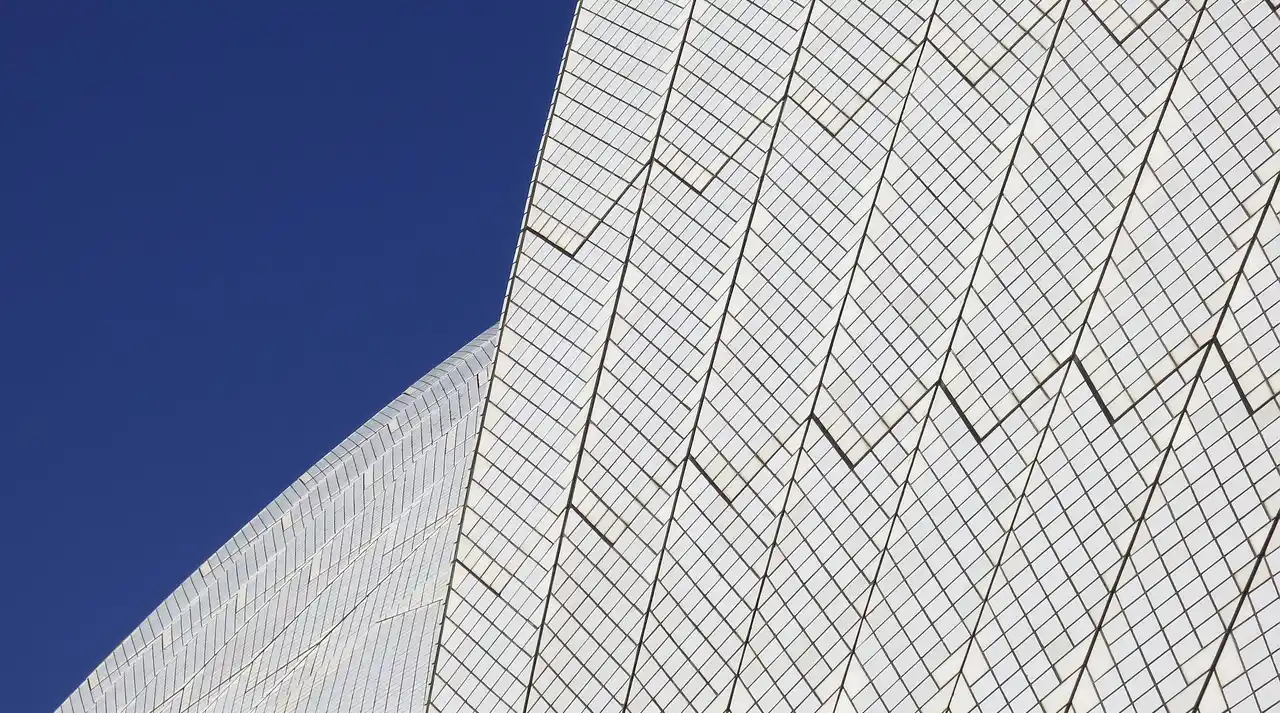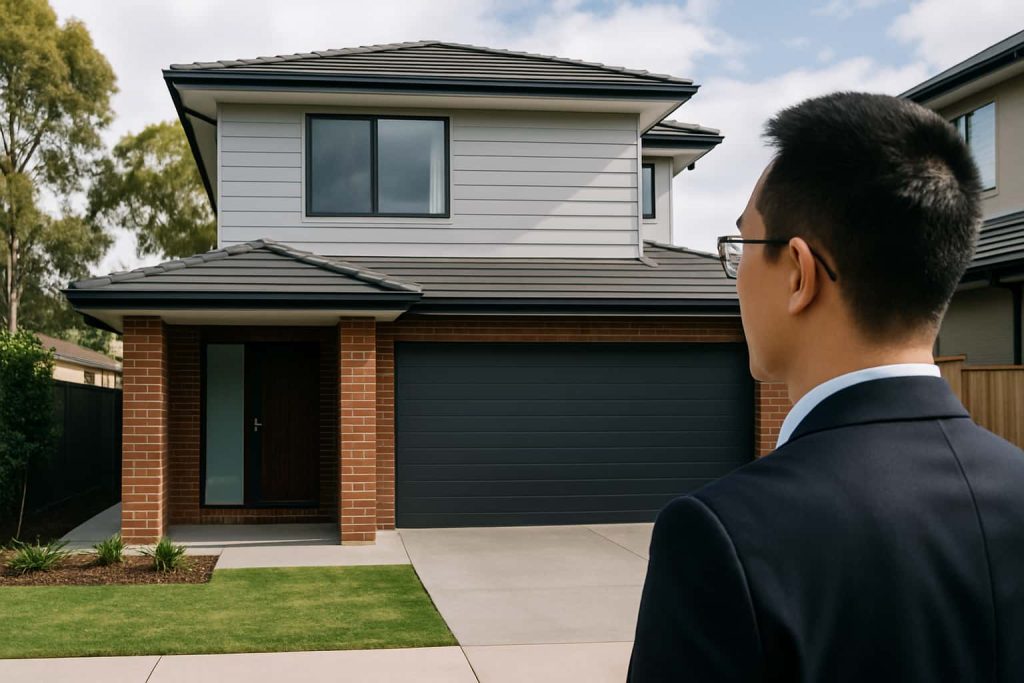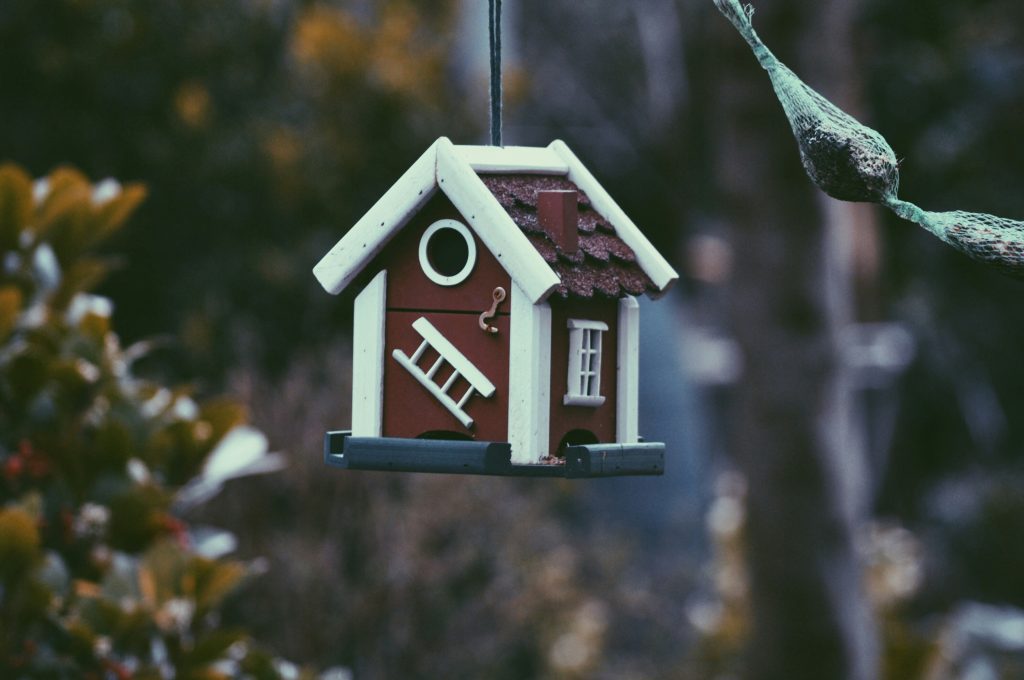Australia’s record run of low interest rates has continued on for another month with the RBA once again leaving the official cash rate at 1.5 per cent.
It is the 28thmonth in a row the Reserve Bank has left interest rates alone and they say they want to see wages go up before making a move to lift them.
It was the central bank’s final meeting for the year before they meet again in February.
“With the economy expected to continue to grow above trend, a further reduction in the unemployment rate is likely,” RBA governor Philip Lowe said in the statement.
“The stronger labour market has led to some pick-up in wages growth, which is a welcome development.”
Wage growth for the September quarter jumped 0.6 per cent and has risen 2.3 per cent for the year.
Sally Auld from JPMorgan told Australian Financial Review that wage growth is still the most important factor for the RBA when it comes to a possible hike in interest rates.
“I think broad-based wages growth is the key, which will require the unemployment rate to go to 4.5 per cent and hence for the economy to run above trend for the next year,” she said.
“The risk to this is consumption. If it slows, then we won’t have above-trend growth and a declining unemployment rate.”
“So no rate hikes in 2019 if that plays out.”
The Reserve Bank cited the housing market as one of the other key risks.
“Credit conditions for some borrowers are tighter than they have been for some time, with some lenders having a reduced appetite to lend,” the RBA statement said.
“The demand for credit by investors in the housing market has noticeably as the dynamics of the housing market have changed.”
“Growth in credit extended to owner-occupiers has eased to an annualised pace of 5-6 per cent.”
Most economists are leaning towards forecasting rates to remain unchanged until at least the latter part of 2019.



